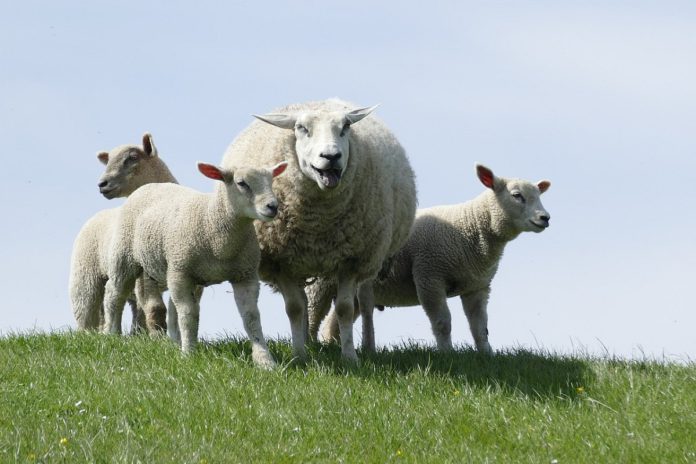During the week commencing August 17th, 6,342 lambs were exported from NI for direct slaughter in ROI.
This takes total exports between June and August 2020 to 71,072 head, a 3.2 per cent decrease from the corresponding period last year, according to the Livestock and Meat Commission (LMC).m
Lambs exported out of NI for direct slaughter in ROI accounted for 36 per cent of total lamb output from the NI sheep sector between June and August 2020.
This is back slightly from the same period in 2019 when the 73,443 lambs exported accounted for 39 per cent of total output from the NI sheep flock.
“The live export of lambs to ROI for direct slaughter provides a valuable outlet for the NI sheep industry, however, these lambs are equally important to processors in ROI who rely on access to NI-origin lambs to help maintain plant throughput.”
‘Strong market prices’
Lamb throughput in ROI plants has shown some volatility in recent weeks due to some Covid-19 related disruptions, the LMC added.
Lamb throughput in ROI totalled 54,076 head last week taking throughput since June 2020 to 644,940 head.
In the corresponding period in 2019, lamb throughput totalled 589,554 head which represents a 9.4 per cent increase year-on-year.
“Similar to market conditions in NI, the relatively good production conditions on Irish farms, combined with strong market prices, have contributed to lambs being marketed earlier in ROI.”
“There was a particularly strong lamb throughput in ROI during July 2020. This has led to a tighter supply situation as we move into the autumn and has contributed to a firmer trade for both finished and store lambs in ROI.” the LMC added.
NI-origin lambs have accounted for 11 per cent of total lamb throughput in ROI plants since June 2020, back slightly from 12.4 per cent in the corresponding period in 2019.





